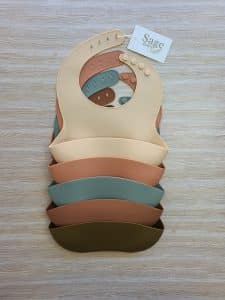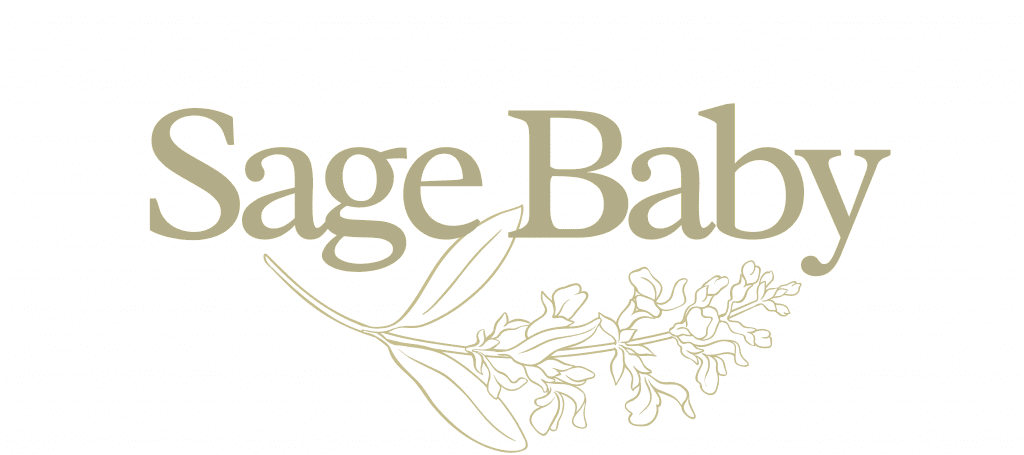What is Baby Lead Weaning?
Baby lead weaning, or BLW for short, is when the baby takes the lead in their own feeding. BLW encourages a baby to learn to feed themselves, often this involves the baby experimenting with new food. “BLW is a programme that has been developed by paediatrician Dr Gill Rapley based on her research with babies and parents in the UK.” ( Health visitor, 2015) “Baby-led weaning (sometimes called baby-led solids or self-selection feeding) means giving your baby solid foods from around six months but allowing him to feed himself rather than spoon-feeding him – for example, giving him chunks of apple instead of purée.” ( NHS Choices, 2015)
The benefits of baby lead weaning :
- Help develop babies fine-tune motor skills, as BLW supports the development of hand-eye coordination, chewing skills, dexterity, and healthy eating habits.
- Encourages independence – The child learns essential life skills like self- with foods, playing with them, smearing them and eventually tasting and eating them.
- Improved language skills – Get’s the parent talking and involve them more in their child’s life
- Helps babies to be in tune with their natural hunger cues and develop a healthy relationship with food. Babies who self-feed cannot realistically be made to eat more than they need since they are feeding independently.
When is a baby ready to start baby lead weaning?
Your child should be able to sit in a high chair unassisted, have good neck strength, and be able to move food to the back of their mouth with up and down jaw movements. Most healthy babies over 6 months of age are developmentally able to self-feed, however, strong chewing skills in some children may not be fully developed until 9 months. Keep in mind, ‘food is for fun before one’ and breast milk or formula will continue to be a baby’s biggest source of nutrition until he or she is 10 to 12 months old. It’s important not to rush your child when it comes to weaning. Click here for more information on BLW.
5 tips when starting BLW include:
1. Start simple.
What do I mean by this? When you first start BLW, don’t worry about texture or flavour, just make sure the baby is having fun and getting used to holding food.
Talk about the colours of the fruit or vegetables and have them feel different textures (squishy/smooth/bumpy) so they can get in tune with those sensations.
Add one new thing at a time to their plate, only introduce one new sensation per meal as many babies get overwhelmed trying more than this in one sitting!
2. Offer foods multiple times
Babies need to see food multiple times before attempting to try them. Don’t be discouraged if your baby isn’t interested in specific foods at first, just keep offering them healthy, nutritious foods.
3. Don’t force feed
You may feel the pressure to make sure your baby is eating well and getting enough nutrients, but you must remember that it’s a learning process for them. This means there will be times when they won’t eat very much at one sitting. Be patient and don’t push food on them if they turn their head away or close their mouth while chewing.
4. Model
Eat together at mealtimes so your child can see how you are eating and try to eat the same or similar foods, babies are often very curious as to what adults are eating. It’s a great way for babies to learn and also a nice to share a meal together as a family.
5. Prepare for mess
One of the downsides to BLW is that it can get messy. This is inevitable, but there are ways to help reduce the mess at mealtimes. Silicone bibs with a wide catchment area can help to contain the mess and foods getting onto babies clothes.
Sage Baby silicone bibs are super soft, flexible and durable, made from food-grade silicone. They are easy to clean and come in a range of colours.
To view the range https://sagebaby.com.au/bibs/

